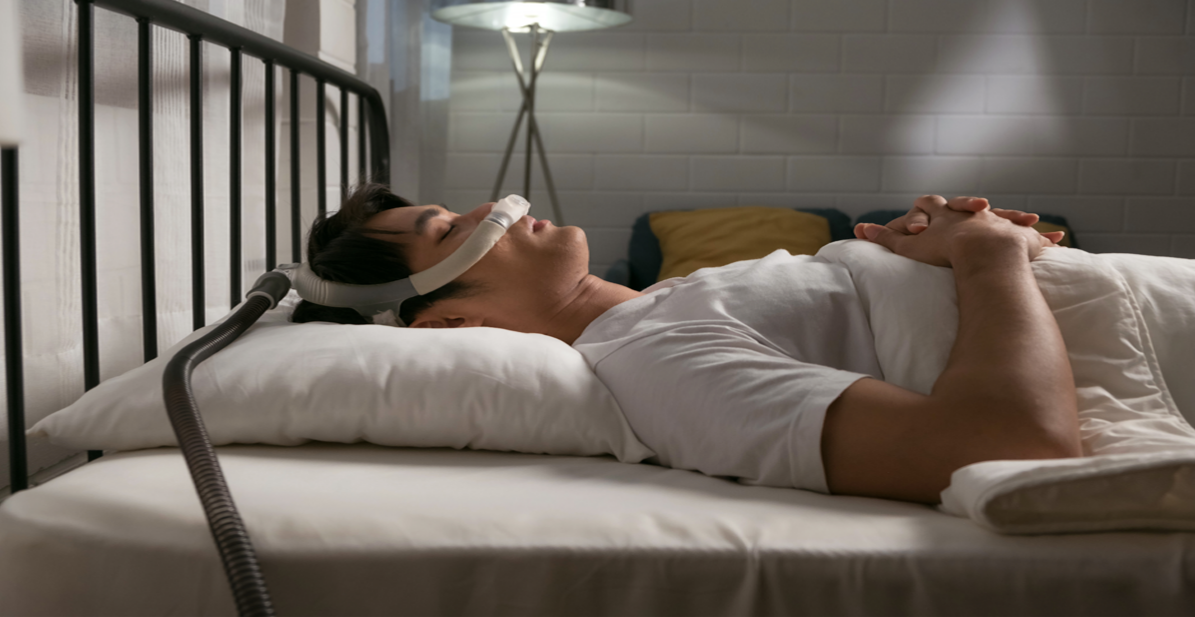Wound healing is an intricate biological process requiring the orchestration of immune, endocrine, vascular, and tissue-repair systems. Clinicians have long emphasized surgical technique, infection control, glycemic management, and nutritional status in supporting recovery. Increasingly, however, another factor has emerged from the scientific literature: sleep. Far from being a passive state, sleep is a biologically active process that influences immune signaling, hormonal regulation, and cellular repair. Recent observational and experimental studies demonstrate that when sleep is poor or disrupted, wound healing suffers. For medical professionals, this evidence underscores sleep as a modifiable determinant of outcomes in both surgical and chronic wound care.
MECHANISTIC LINKS BETWEEN SLEEP AND REPAIR
The influence of sleep on immunity and tissue repair has long been suspected but is now directly evidenced in experimental models. In healthy adults subjected to severe sleep restriction, Smith and colleagues (2018) induced standardized suction blister wounds and found significantly delayed recovery of the skin barrier compared to controls. Local cytokine responses were blunted, suggesting impaired coordination of early inflammatory processes necessary for wound closure. Nutritional supplementation in a follow-up study improved some immune parameters but did not normalize the rate of barrier restoration, highlighting the irreplaceable role of sleep itself in tissue repair.
Parallel mechanistic reviews have shown that sleep deprivation disrupts circadian regulation of cortisol, increases pro-inflammatory signaling, and destabilizes the skin’s barrier integrity. Afzal and Ali (2023) summarized this evidence in Clinical and Experimental Dermatology, noting that fragmented or curtailed sleep compromises hormonal balance and inflammatory homeostasis, leading to impaired repair capacity and exacerbation of skin conditions. These insights provide a mechanistic framework for understanding the clinical outcomes seen in patient populations.
CLINICAL EVIDENCE IN SURGICAL AND CHRONIC WOUNDS
The relevance of sleep quality is no longer confined to laboratory models. Das and colleagues (2025) conducted a prospective observational study of patients undergoing emergency laparotomy and found that postoperative sleep quality strongly predicted wound healing outcomes. By day eight, patients who reported poor sleep demonstrated significantly higher rates of delayed healing as assessed by the Southampton wound grading system. Importantly, these associations persisted after accounting for pain and comorbidities, reinforcing that sleep itself is an independent factor in surgical recovery.
Sleep-disordered breathing adds another dimension of risk. Chen et al. (2021) studied 167 patients with diabetic foot ulcers and found that poor sleep efficiency, greater wakefulness after sleep onset, and measures of hypoxemia (time spent with oxygen saturation below 90%) were significantly associated with impaired ulcer healing, higher recurrence rates, and increased mortality. Interestingly, the apnea–hypopnea index, often the focus of sleep disorder diagnostics, was not predictive, suggesting that fragmentation and oxygenation may be the critical variables linking sleep to healing outcomes.
Together, these clinical studies provide converging evidence: whether due to poor postoperative rest or chronic sleep disruption from sleep-disordered breathing, inadequate sleep is associated with delayed wound repair and worse long-term outcomes.
EMERGING ADJUNCTS AND THERAPEUTICS
The recognition that sleep influences wound biology has prompted exploration of adjunctive interventions. Melatonin, long known as a circadian regulator, is increasingly studied for its antioxidant, anti-inflammatory, and pro-angiogenic properties. A 2024 review by Sohn and colleagues synthesized experimental evidence showing that melatonin can accelerate closure, improve vascularization, and reduce oxidative stress in wound models. While large randomized clinical trials remain limited, topical melatonin formulations are under early clinical investigation for surgical donor sites, suggesting a translational pathway for circadian-based adjuncts.
Nutritional strategies also show promise. In Smith et al.’s (2018) experimental study, supplemental protein and micronutrients attenuated immune deficits under sleep restriction, though they did not completely restore wound recovery. These findings suggest that nutritional support may buffer some of the biological stress of poor sleep, even if it cannot fully replace restorative rest.
CLINICAL IMPLICATIONS
For clinicians, several practical implications result from the critical recognition that sleep and wound healing are closely related. Sleep quality should be considered in preoperative assessments and wound-care evaluations, particularly for patients with diabetes, obesity, or chronic sleep complaints. In surgical wards, measures to reduce nocturnal disruptions—clustering vital sign checks, minimizing unnecessary alarms, and promoting morning light exposure—are feasible strategies to preserve circadian alignment and restorative rest. For patients with suspected sleep-disordered breathing, continued use of CPAP in the perioperative period is critical, both for cardiovascular protection and for wound healing. Patient education should also frame sleep as an essential component of recovery, on par with nutrition and infection control.
CONCLUSION
The evidence is increasingly clear: sleep is not simply restorative, but reparative. Experimental studies show that sleep restriction directly impairs cutaneous healing, while clinical cohorts confirm that poor sleep quality and sleep-disordered breathing predict delayed surgical recovery, chronic wound recurrence, and even increased mortality. Emerging adjuncts such as melatonin and targeted nutritional support highlight potential therapeutic avenues, but the most immediate implication is simple: clinicians must treat sleep as a vital sign in wound care. By recognizing and addressing sleep quality, providers can improve healing trajectories, reduce complications, and support better outcomes for their patients.
LEARN ABOUT HOW APRIA SUPPORTS COPD PATIENTS
References:
Afzal, Usamah M, and Faisal R Ali. “Sleep deprivation and the skin.” Clinical and experimental dermatology vol. 48,10 (2023): 1113-1116. doi:10.1093/ced/llad196
Chen, Lihong et al. “Association of sleep-disordered breathing and wound healing in patients with diabetic foot ulcers.” Journal of clinical sleep medicine : JCSM : official publication of the American Academy of Sleep Medicine vol. 17,5 (2021): 909-916. doi:10.5664/jcsm.9088
Das, Asish et al. “Effect of sleep quality on wound healing among patients undergoing emergency laparotomy: an observational study.” Journal of clinical sleep medicine : JCSM : official publication of the American Academy of Sleep Medicine vol. 21,3 (2025): 503-512. doi:10.5664/jcsm.11442
Smith, Tracey J et al. “Impact of sleep restriction on local immune response and skin barrier restoration with and without "multinutrient" nutrition intervention.” Journal of applied physiology (Bethesda, Md. : 1985) vol. 124,1 (2018): 190-200. doi:10.1152/japplphysiol.00547.2017
Sohn, Eun-Hwa, Su-Nam Kim, and Sung-Ryul Lee. "Melatonin’s Impact on Wound Healing." Antioxidants 13.10 (2024): 1197.

.jpg?width=839&height=282&name=AD-EmailBanner-TopSellingComfort_(9.25).jpg)
.png)



